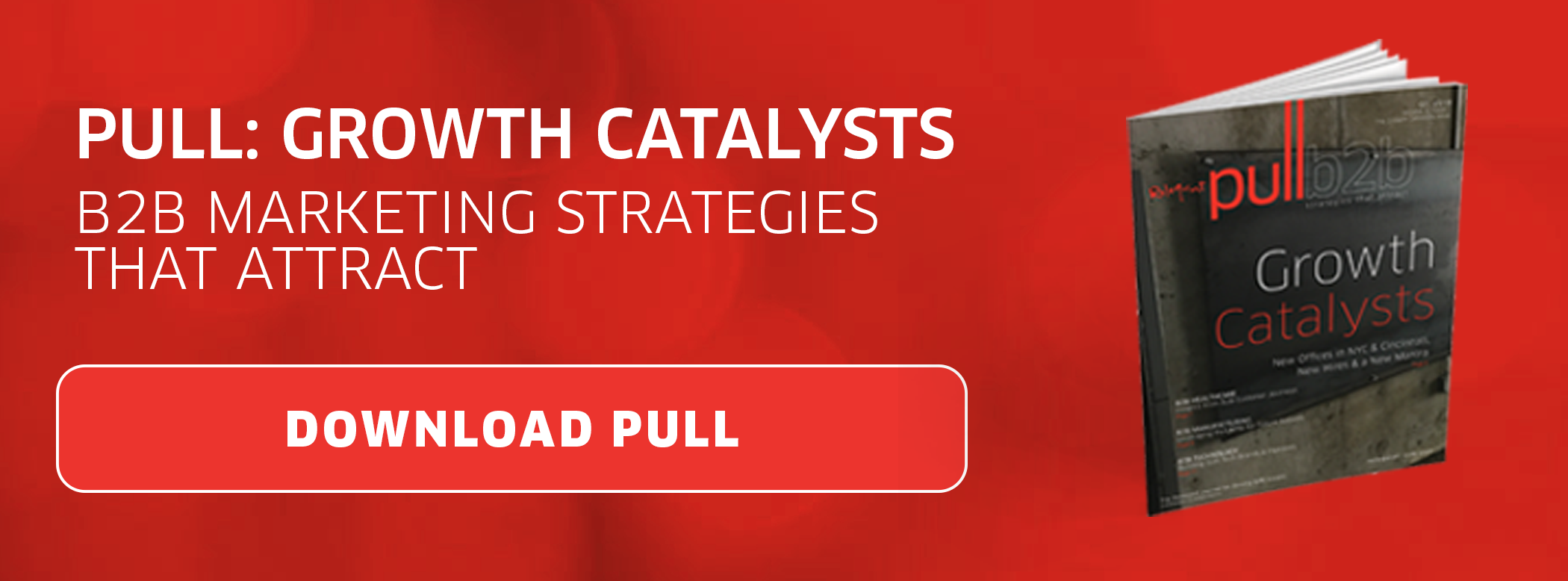 If your B2B company uses Salesforce, you’ve likely heard of Pardot, the marketing automation platform that Salesforce acquired in 2013. But does that mean that Pardot is the best solution for your company? We go inside Pardot’s history, and its pros and cons, to help you make the decision.
If your B2B company uses Salesforce, you’ve likely heard of Pardot, the marketing automation platform that Salesforce acquired in 2013. But does that mean that Pardot is the best solution for your company? We go inside Pardot’s history, and its pros and cons, to help you make the decision.
The Pardot Story
In 2006, David Cummings brainstormed the concept of Pardot with his co-founder and bought the domain Pardot.com for $8. The name is a Latvian verb meaning “to market” or “to sell.”
Their original model was a pay-per-click bid arbitrage platform designed to generate leads from potential technology buyers and sell them to technology vendors. But a year later, they pivoted their model to a B2B marketing automation platform when they realized that such software provided a much bigger business opportunity.
In 2009, they added email marketing to the product, passed the $1 million revenue mark and decided it was time to raise venture capital to significantly accelerate their growth. But after sales took off in the fourth quarter of that year, they changed their minds and decided to stick with growing organically.
In 2010, after raising prices to $1,000 a month, Pardoy was named the No. 1 fastest growing technology company in the Metro Atlanta area by the Atlanta Business Chronicle with a 42,000% growth rate (“It’s easy to grow fast on a relative basis when the first year’s revenues are almost $0,” Cummings notes).
In 2012, after passing $10 million in annual recurring revenue and recently updating its platform with a content builder and an Eventbrite integration, Pardot was acquired by email marketing giant ExactTarget for $95.5 million. At the time, ExactTarget said the goal of the acquisition was to create an end-to-end single service that encompassed email, internet, social media and mobile that worked for both B2B and B2C organizations.
Thus, Salesforce acquired Pardot when it acquired ExactTarget in 2013, and the company is committed to bridging the gap between marketing and sales via innovation. Pardot’s end goal, as the company puts it, is to make it possible and simple for its customers to deliver a unique, personalized experience that is scalable, thus forging stronger client relationships and increasing revenue and profitability.
Why People Choose Pardot
Pardot says that its customers have seen sales revenue increase 34 percent and marketing effectiveness increase by 37 percent, on average. Some of its biggest selling points are that it’s:
- Highly customizable. Features such as personalized email templates and automated workflows allow marketers to create powerful content and set up customized campaigns to attract and qualify prospects through every stage of the buyer’s journey. Pardot also makes it easy to optimize content and segment audiences for targeted marketing.
- Heavily integrated with Salesforce. Pardot's No. 1 selling point is most likely its integration with CRM giant Salesforce. Sharing the same contact database enables the martech platform to perform a variety of marketing functions smoothly, such as lead generation, lead management and marketing automation. This also strengthens marketing and sales alignment, an area where many companies struggle.
- Solid lead nurturing and prospect scoring. Nurturing leads when they hit and move through the pipeline is another plus in Pardot's column. Users can segment lists of leads and then design campaigns for all stages of the buyer's journey. The robust offering of email, landing page and form templates helps to simplify this process. In addition, this marketing automation platform enables the user to both grade and score leads, resulting in better intel for sales.
Drawbacks of Using Pardot
A few of Pardot’s weak spots include:
- Basic web hosting. Pardot's web hosting offerings are basic and limited. A company that wanted a custom website through Pardot would most likely need to add a third-party solution, while competitors like HubSpot offer thousands of easy-to-customize templates.
- High price tag. Even the least expensive of Pardot's three pricing levels is steep, starting at $1,250 a month for a basic marketing automation package with up to 10,000 contacts and increasing to $4,000 a month for advanced marketing automation and analytics. Pardot and Marketo are similarly priced and both more expensive than HubSpot, which offers an all-in-one solution (marketing, sales and a CRM) for $2,400 a month at the enterprise level.
The bottom line: Pardot’s key features can add productivity and increase the success rate of marketing campaigns. And if your company uses Salesforce, Pardot's seamless integration offers advantages that other martech platforms don't. However, the web hosting limitations and the higher price point may make other platforms a better match for your team’s resources and capabilities, and your investment. ![]()







 By
By 
